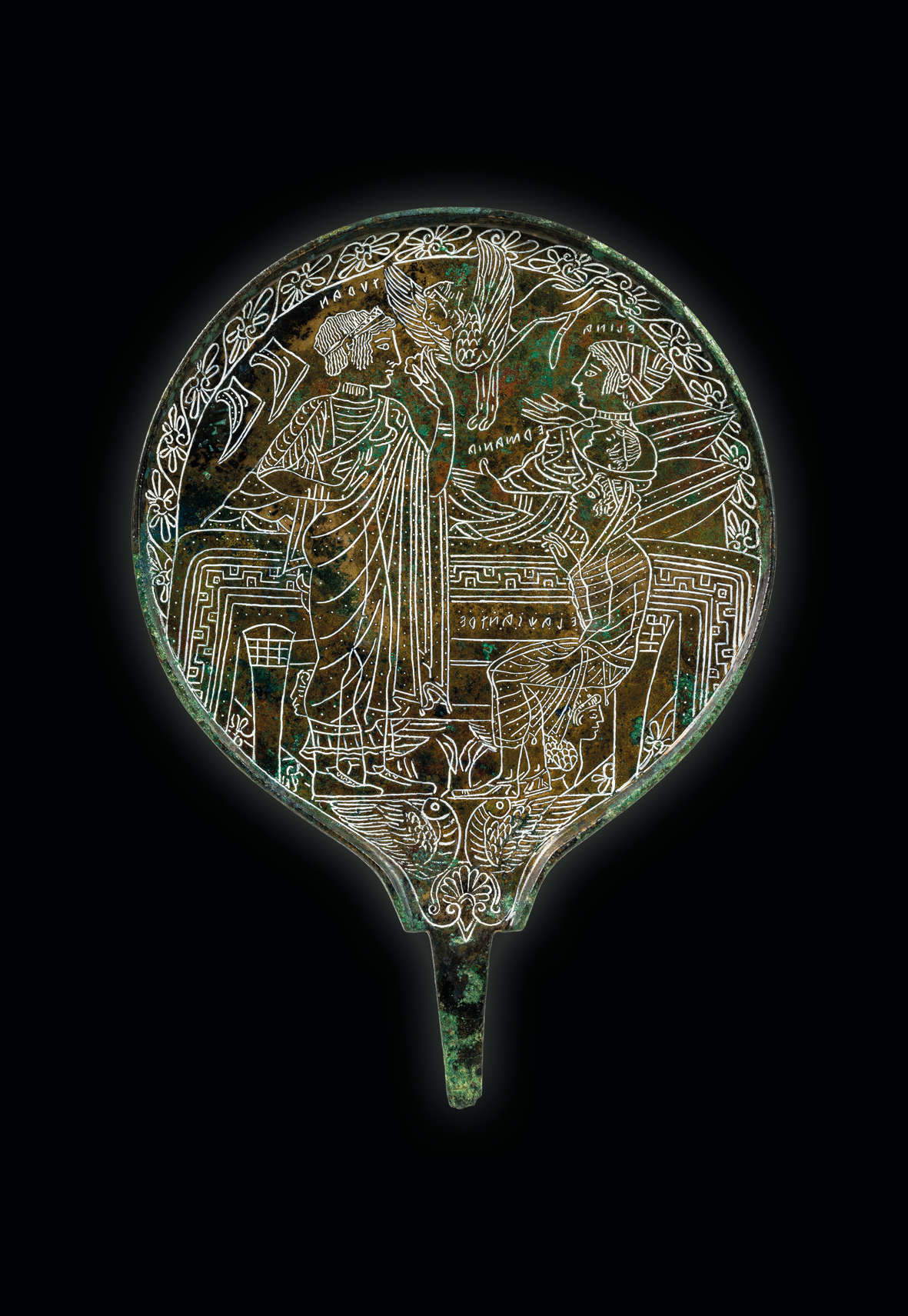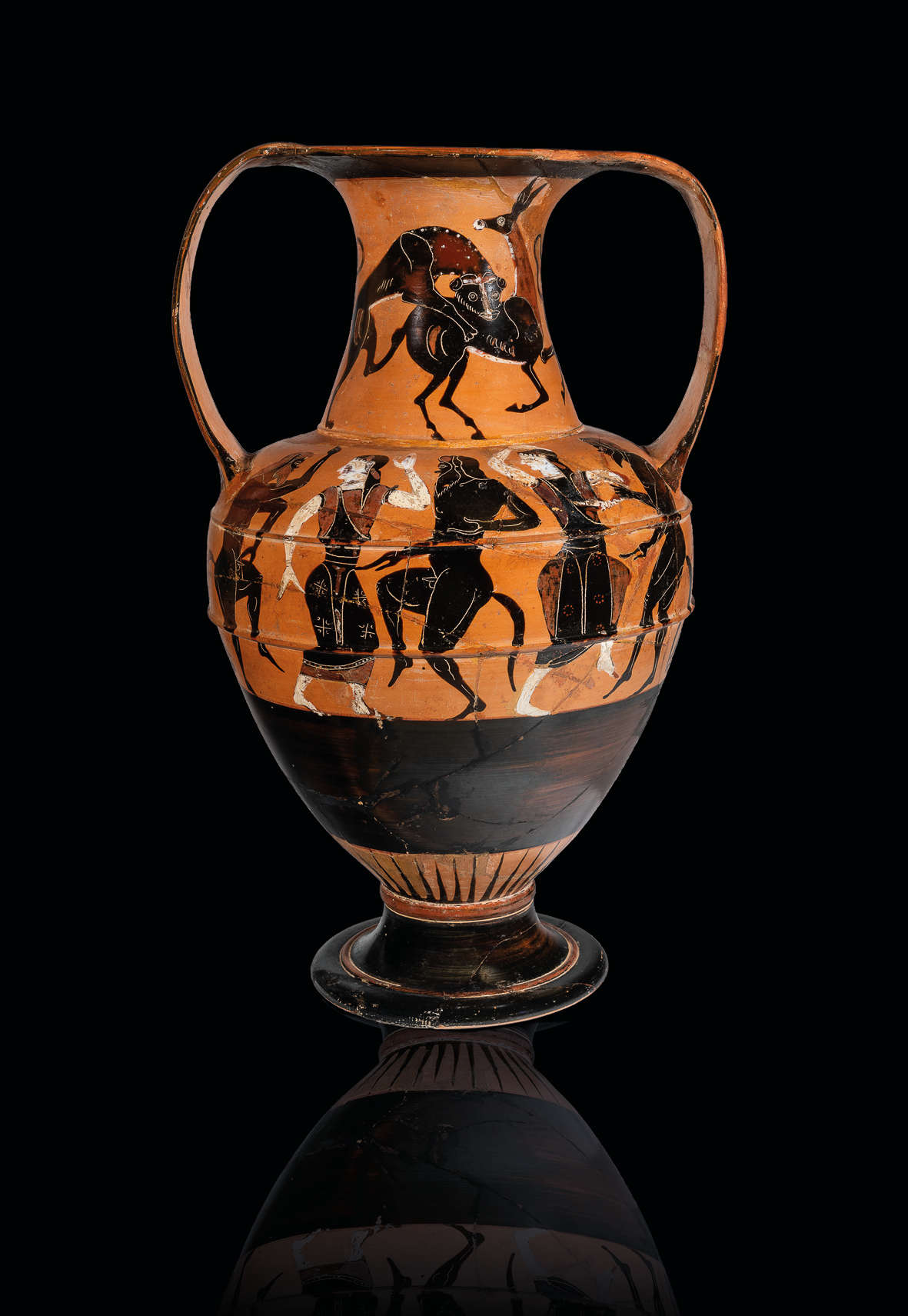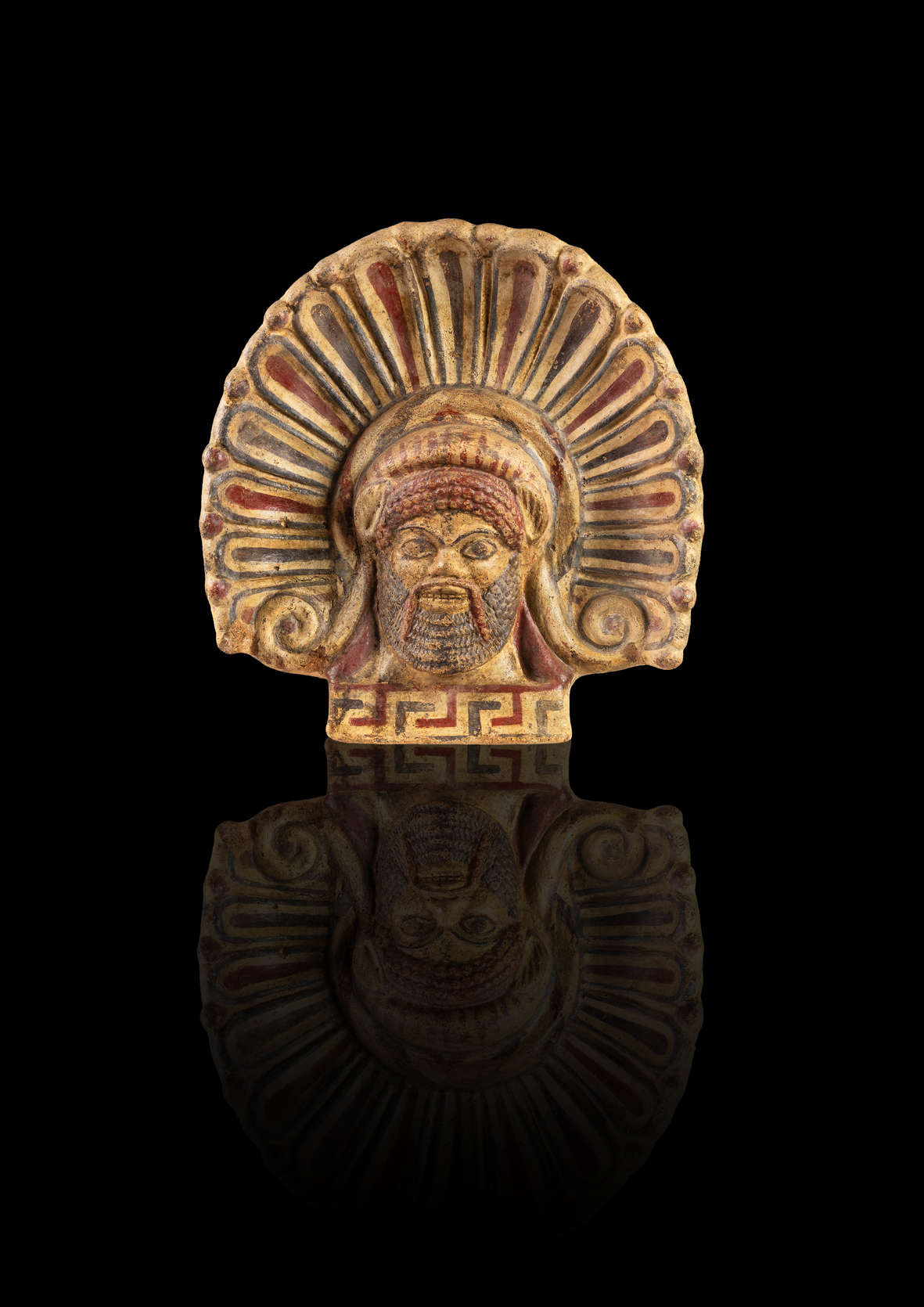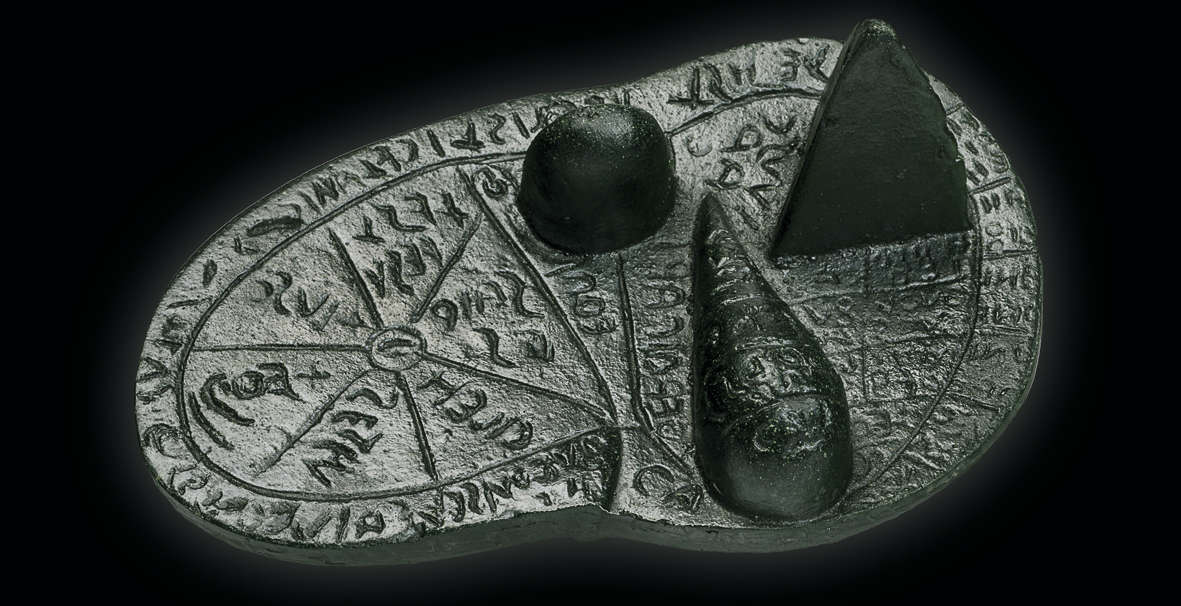The Trevi-Trevilab Center in Bolzano presents from October 24, 2024 to February 2, 2025 the exhibition Etruscans. Artists and Craftsmen, sponsored by the Autonomous Province of Bolzano, Italian Culture, thanks to the collaboration of the National Etruscan Museum of Villa Giulia, directed by Luana Toniolo, a museum that holds the most important collection of Etruscan artifacts in the world. The exhibition, curated by Valentina Belfiore and Maria Paola Guidobaldi of the museum’s curatorial team, is part of the second stage of the “Stories of Art with Great Museums” series, a multi-year journey aimed at the discovery of the great ancient and modern civilizations, “another fundamental step toward the knowledge of our past with the aim of always keeping alive the interest in culture and the rich artistic heritage preserved in the great Italian museums,” stressed Marco Galateo, vice president of the Province and councillor for Italian Culture. “Etruscans. Artists and Craftsmen” focuses on the artistic and handicraft production of the Etruscan civilization and houses eight sections within it. The itinerary begins with works related to the funerary rite, and continues with typically Etruscan craft productions, and among them, buccheri. A focus is reserved for a particular production of pottery decorated with black figures: this is a special type of Greek-made amphorae, signed by Nikosthenes and made by the celebrated Greek potter specifically for the best Etruscan clientele. The next section is devoted to the names of Etruscan artists and craftsmen who, like their Greek “colleagues,” signed their creations.
Alongside the masterpieces of celebrated masters, reserved for the few, also on display are examples of production for a wider clientele for whom bronze tableware and everything for banqueting or toileting are symbolic expressions of a shared value system. Bronze workmanship, in which the Etruscans excelled, was also applied to the forging and chiseling of weapons, as is clear from a fine example of an Etruscan-Italic helmet, probably displayed as spoils of war. While the great variety and sophistication of Etruscan craftsmanship is mostly evidenced by funerary ritual, the excellence achieved by the Etruscans in the sphere of the sacred should not be forgotten. The last section of the exhibition is devoted to this theme, presenting aminas from Pyrgi of extraordinary value, votive bronzes, offerings, and instruments for worship and for the exercise of divinatory practices. Worship, when it became collective from domestic, found reference in temples and altars, on the Greek and Roman model. The Etruscans also created their own specific temple architecture, described by Vitruvius. Documenting it in the exhibition is an antefix from the Temple of Portonaccio in Veio where, in a burst of color, a characteristic satyr’s head is depicted.
“The manifestations of artistic craftsmanship,” say the curators, “represent the best approach to approaching the knowledge and study of the Etruscans, who were privileged interlocutors for the Phoenicians, Greeks and Romans, among the populations of the ancient Mediterranean. Through Etruscan productions one can indeed try to understand their models, sources of inspiration, imagery, ways of relating to nature and the sacred, or the influences exerted on other cultures.”
“In the necessary selection of significant objects for the subject matter,” adds the museum’s director, Luana Toniolo, “the exhibition intends to offer a concise but evocative excursus of the masterpieces and most characteristic productions of craftsmanship, the Etruscan pantheon and the forms of devotion spread at various levels of society. At the same time, the occasion takes the form of an extraordinary opportunity to get to know some of the works preserved in the repositories, which are no less than those usually on display.”




 |
| Trevi-Trevilab Center hosts exhibition on the craft and artistic production of the Etruscans |
Warning: the translation into English of the original Italian article was created using automatic tools. We undertake to review all articles, but we do not guarantee the total absence of inaccuracies in the translation due to the program. You can find the original by clicking on the ITA button. If you find any mistake,please contact us.